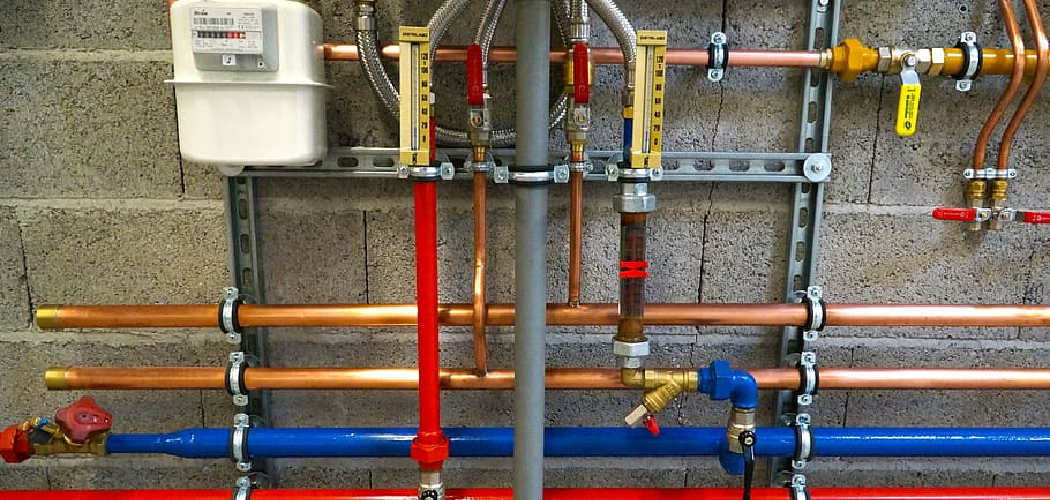If you are moving to a new home or remodeling an old one, you may need to remove the old gas lines that run through it. While it seems like a simple task, it requires caution and knowledge to ensure that you do not damage any other parts of your home or put yourself in danger. In this blog post, we will discuss how to remove old gas lines from house. So keep reading to learn more!
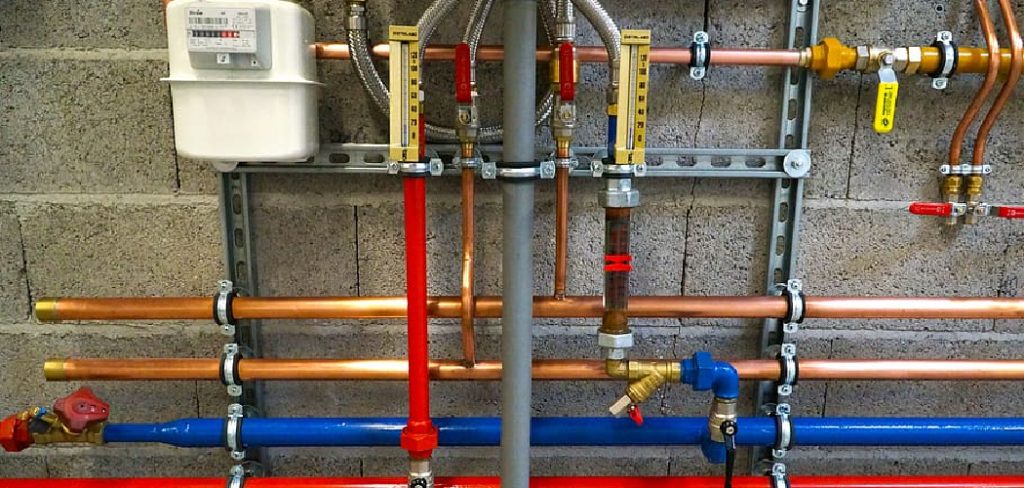
Can You Remove Old Gas Lines from House?
Many homeowners are seeking ways to update their homes and eliminate any potential hazards that may exist. One potential danger you may consider addressing is old gas lines in your house.
If you recently purchased an older home or have lived in the same house for several decades, ensuring your gas lines are safe is essential. Though the process of removing old gas lines from a house can be complex, it’s a necessary step to ensure the safety of your family and loved ones. With the help of a professional, you can ensure that your gas lines are safe and that your home stays hazard-free.
Why Should You Remove Old Gas Lines from House?
Old gas lines should be removed from your house for various reasons, including safety concerns, energy efficiency, and potential cost savings. Over time, gas lines can corrode, leak, and become a hazard. These issues can lead to dangerous situations and even explosions.
Additionally, old gas lines may not meet current building codes or safety standards, which could result in costly fines or penalties. By removing old gas lines, you ensure the safety of your home and family and increase energy efficiency, which can lower your utility bills.
It’s a small investment to make for peace of mind and long-term savings. Don’t take any chances with old gas lines, contact a professional today to ensure your home is safe and efficient.
7 Steps to Follow on How to Remove Old Gas Lines from House
Step 1. Safety First
Before anything else, ensure you take safety precautions when removing old gas lines to avoid accidents. Start by shutting off the main gas valve to your house. This should prevent any new gas from flowing through the line as you work to remove it. You should also use personal protective equipment like gloves and goggles to protect yourself from injuries.
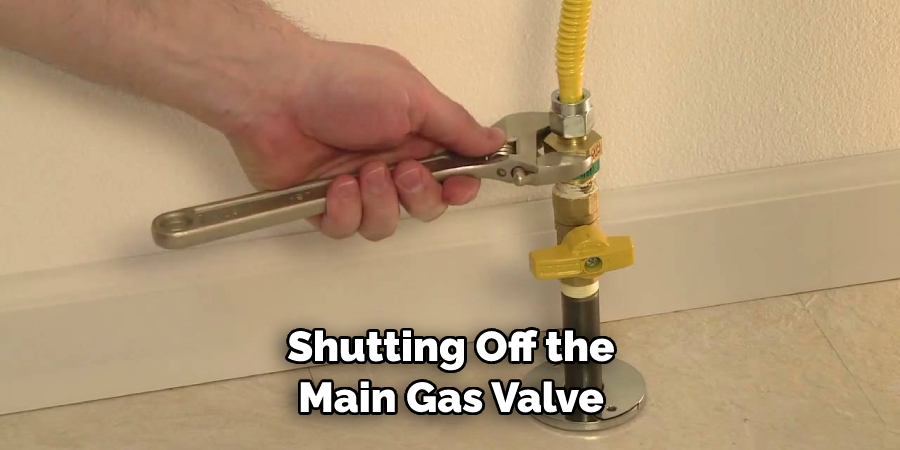
Step 2. Seek Professional Help
Removing a gas line is by no means a straightforward task, and it’s easy to make mistakes that could put your life at risk. For this reason, it is always best to consider getting help from a licensed gas technician.
Ensure that the technician you hire is qualified with a valid certification to perform gas installations and repairs. They can also inspect the gas line before removal to ensure there are no leaks, damaged pipes, or other potential hazards.
Step 3. Remove the Gas Meter
Before removing the gas lines, you need to remove the gas meter. The meter is typically located outside the house, and you will need to unscrew it from the gas service line that goes into your home. This step is critical as it will ensure that no gas flows through the line when it is detached.
Step 4. Remove the Gas Line
Use a pipe cutter to cut the old gas line and remove it from your home. If the gas line was buried, ensure you dig it up to expose it before you start with the removal process. When using a pipe cutter, cut the line in sections, and once you’ve completely removed the line, carefully cap the open end of the gas service line with an appropriate valve or cap. This will prevent any debris or pests from entering the line.
Step 5. Inspect and Test
After removing the old gas line, ensure you inspect the area to ensure no damage was done to any other part of your home. Before connecting a new gas line, have a professional inspector inspect your gas appliances and the pipelines to ensure they are in good condition and safe to use.
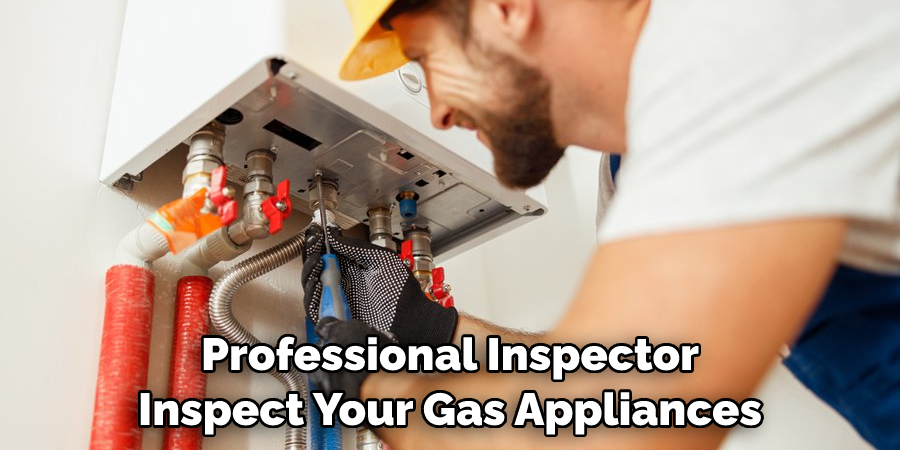
Step 6. Connect the New Gas Line
Once you have inspected and tested everything, you can attach a new gas line instead of the old one. You may need to use tools like an adjustable wrench or a pipe threader to ensure the line is securely connected and ready for use. If possible, ask your technician for help with this step.
Step 7. Turn on the Gas Valve and Test Again
After everything is connected, it’s time to turn the gas valve back on and test for leaks or other potential hazards. If you’re using a gas detector, ensure that you read all safety instructions before using it. Once you’ve tested and verified that everything is functioning properly, you can safely use your home’s new gas line.
By following these steps, you will be able to remove old gas lines from your house safely and efficiently. However, if you are still unsure about the process or find it too difficult to do on your own, seek professional help instead. Properly removing a gas line is a serious job and should not be taken lightly. When removing old gas lines, taking the necessary safety precautions will ensure your home stays safe and secure.
5 Considerations Things When You Need to Remove Old Gas Lines from House
1. Location of the Gas Lines
The first thing you need to consider when removing old gas lines from your house is the location of the gas lines. You will need to determine where the gas lines are located so that you can avoid damaging them during the removal process.
2. Type of Gas Line
The next thing you need to consider is the type of gas line that you have. There are two main types of gas lines: natural gas and propane. Natural gas is typically used for heating, while propane is typically used for cooking. It is important to know which type of gas line you have so that you can remove it safely.
3. Age of the Gas Lines
Another thing to consider is the age of the gas lines. Older gas lines may be made of materials that are no longer safe to use. If you have an older home, having your gas lines inspected by a professional before removing them is important.
4. Condition of the Gas Lines
The condition of the gas lines is also an important consideration. If the gas lines are in poor condition, they may be more likely to leak or break during removal. It is important to inspect the condition of the gas lines before removing them.
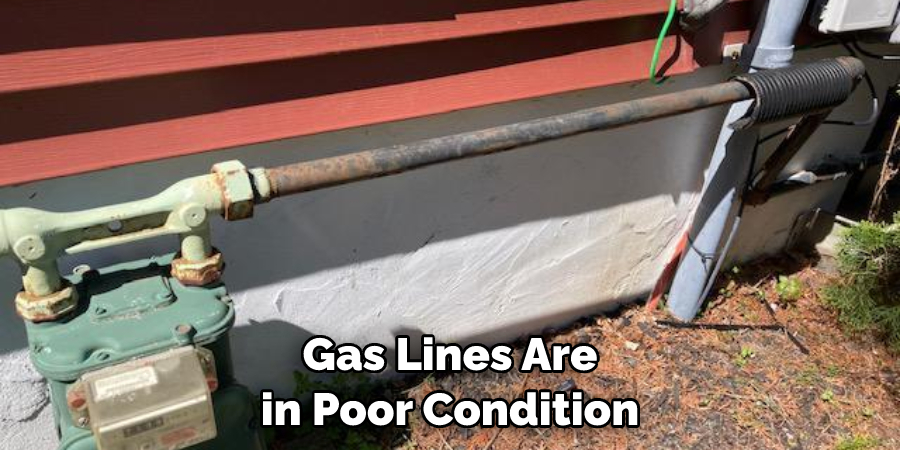
5. Cost of Removal
Finally, you need to consider the cost of removal when removing old gas lines from your house. The cost will vary depending on the size and complexity of the job, as well as the company you hire to do the work. Be sure to get multiple estimates before hiring a company to remove your old gas lines.
Benefits of Remove Old Gas Lines from House
Removing old gas lines from a house can come with a slew of benefits that often go unnoticed. A key advantage is the elimination of potential gas leaks that could pose serious hazards to the home and its occupants. Old gas lines can also contribute to higher utility bills, as they may be less efficient at delivering gas to appliances.
Additionally, removing old gas lines can create space for upgrades and renovations, allowing homeowners to modernize their homes safely and efficiently. In the long run, prioritizing the removal of old gas lines can save homeowners money and ensure their peace of mind when it comes to the safety of their homes.
Some Common Mistakes People Make When Trying to Remove Old Gas Lines from House
Removing old gas lines from your house can be daunting, especially if you’re doing it for the first time. With the potential dangers of gas leaks and explosions looming, it’s essential to take extra caution during the process.
Unfortunately, people make some common mistakes when trying to remove old gas lines from their houses. One of the most frequent mistakes is using the wrong tools and equipment. Gas lines require specialized tools and equipment to disconnect them correctly, and using the wrong tools can result in severe damage to the pipes or even cause a gas leak.
Another mistake people make is not turning off the gas supply entirely before starting the removal process. This mistake can cause gas to leak out during removal and create a hazardous situation. It’s critical to take the time to educate yourself on the proper procedures before attempting to remove old gas lines from your house to avoid these common mistakes.
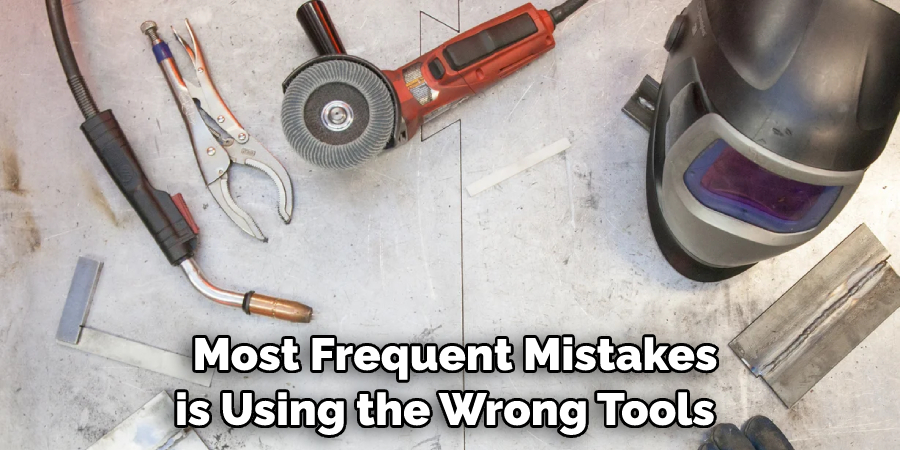
Conclusion
While removing old gas lines from your home can be a daunting task, it is essential to prioritize your safety and that of your family. Remember to shut off the gas main, use personal protective equipment, and seek professional help if necessary. When done right, your efforts will ensure that you are safe and help you reduce your energy bills. Thanks for reading our post about how to remove old gas lines from house.

